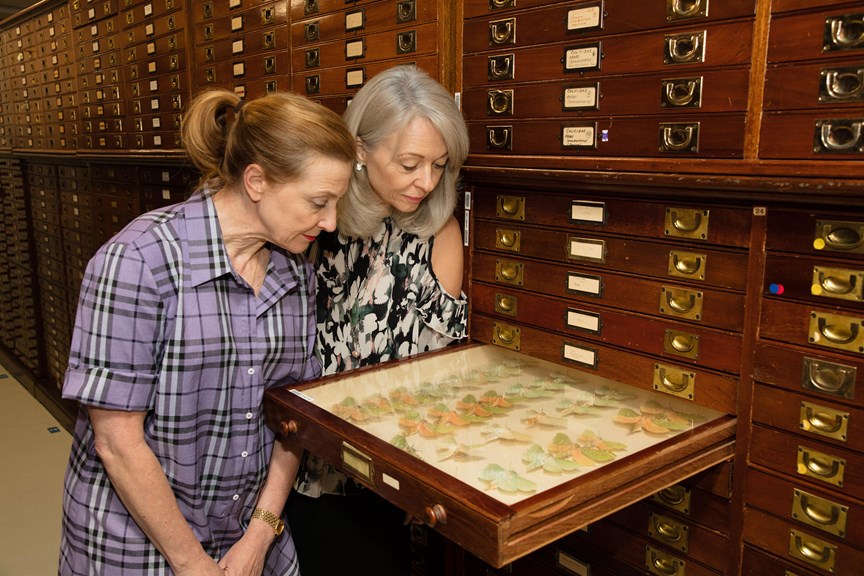Impact of fires on biodiversity on a scale not seen since species records were first kept
Loss is in the ‘trillions’ of animals due to climate change crisis.
On Monday 3 February 2020, the directors and CEOs of Australia’s leading natural history museums issued a joint statement in support of increased funding and co-ordinated national action to address the impacts of climate change on the nation’s biodiversity following the bushfires that have ravaged the continent over the past few months.
The directors of the Australian Museum (NSW); Museums Victoria; South Australian Museum; Western Australian Museum; Queensland Museum; and Museum and Art Gallery of Northern Territory; whose natural science collections hold almost 60 million reference specimens said:
Natural history museums are among the most trusted public institutions* playing a critical role in describing and conserving our natural history in Australia and connecting the natural environment with the public through education outreach and exhibitions.
We now recognise human-induced climate change, alongside land clearing and habitat use, as the over-arching issue affecting Australia’s unique wildlife as evidenced by more intense bushfires, drought, floods and the impact of warming oceans on the Great Barrier Reef and other marine environments.
Our museums hold invaluable reference collections for the nation – we are the ‘ark’ of information on Australian species with collections that date back as early as the 1850s.
Collectively they form an irreplaceable resource and provide unique insight into the composition and evolution of our natural history and a benchmark by which the devastation caused by the bushfires can be measured.
The impact of the recent fires on Australia’s biodiversity is on a scale not previously seen since record-keeping began in the mid-1800s. The estimate of the destruction to our biodiversity from the fires is in the ‘trillions’ of animals, when considering the total of insects, spiders, birds, mammals, reptiles, invertebrates and even sea life impacted over such a vast area.**
Australia’s natural history museums are committed to finding out how species have been affected, to implementing and supporting programs to restore those species that can be saved, and to engaging the public in mitigation strategies.
Over the next few months, and once it is safe to do so, each museum plans to return to the field, working in collaboration with our national networks of museums and herbaria, state government agencies and universities to ascertain the impact of the fires and work to plan for the restoration of species where possible.
Each museum will focus on examining the damage of the fires on existing field research sites and comparing the findings with our data sets, providing a longitudinal view.
In the longer term, our Museums will draw on our rich scientific expertise and data sets to provide conservation advice. We will also engage with the Australian public through citizen science and other activities and will work towards achieving the UN’s Sustainable Development Goals for 2030.
Australia’s leading experts across the natural history disciplines work at our state-based museums. Museum research scientists are in the field year after year describing and monitoring the biodiversity of different regions, including many endemic species present nowhere else on the planet. Additional funding for this research is urgently needed to allow museums to carry out this significant work.
The bushfire climate change crisis has reinforced that we have much to learn from our First Nations people and that First Nations understandings of our natural species and land management is to be respected, understood and embraced in our research.
The time to act is now and the nation’s natural history museums are ready to respond.
Signed: Kim McKay AO, Director & CEO Australian Museum (NSW); Lynley Crosswell, CEO & Director, Museums Victoria; Brian Oldman, Director, South Australian Museum; Alec Coles OBE, CEO, Western Australian Museum; Dr Jim Thompson, Director, Queensland Museum Network; Marcus Schutenko, Director, Museum and Art Gallery of Northern Territory.
*C. Dilenschneider, “In Museums we Trust. Here’s How Much (Data Update)”, 3 June 2019.
**trillions estimate based on number of arthropods in 8 million hectares (Dr Chris Reid, Senior Entomologist, Australian Museum)







